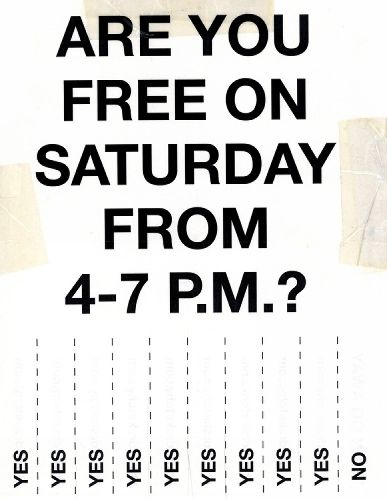Readings Newsletter
Become a Readings Member to make your shopping experience even easier.
Sign in or sign up for free!
You’re not far away from qualifying for FREE standard shipping within Australia
You’ve qualified for FREE standard shipping within Australia
The cart is loading…






Between the late 1980s and 2020, from the end of the Reagan era to the beginning of the of the coronavirus, the artist Kenneth Goldsmith collected in the streets of New York hundreds of classified ads and other advertising posters. Hilarious, offbeat, absurd, even downright outrageous, sometimes breathtakingly beautiful, they all have in common their unpredictability as much as their total lack of utility. Borrowing either their codes to art brut, cubism or concrete poetry, they align in any case with the watchword of artistic modernity: to take an object and to divert it from any practical aim. Through this personal collection of "street poets and other visionaries", Kenneth Goldsmith traces almost forty years of American history, questions the limits between what is art and what is not, and draws a history of the margins that is far from being as homogeneous as one might think.
$9.00 standard shipping within Australia
FREE standard shipping within Australia for orders over $100.00
Express & International shipping calculated at checkout
Between the late 1980s and 2020, from the end of the Reagan era to the beginning of the of the coronavirus, the artist Kenneth Goldsmith collected in the streets of New York hundreds of classified ads and other advertising posters. Hilarious, offbeat, absurd, even downright outrageous, sometimes breathtakingly beautiful, they all have in common their unpredictability as much as their total lack of utility. Borrowing either their codes to art brut, cubism or concrete poetry, they align in any case with the watchword of artistic modernity: to take an object and to divert it from any practical aim. Through this personal collection of "street poets and other visionaries", Kenneth Goldsmith traces almost forty years of American history, questions the limits between what is art and what is not, and draws a history of the margins that is far from being as homogeneous as one might think.